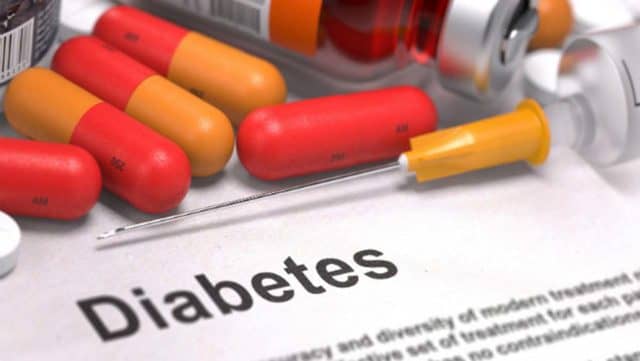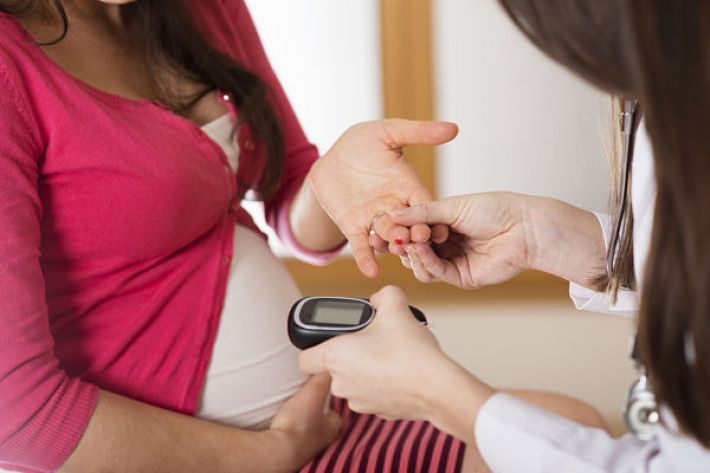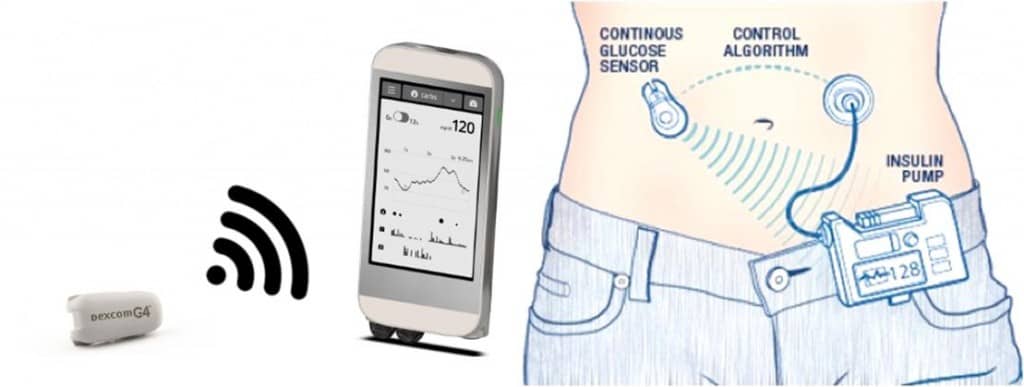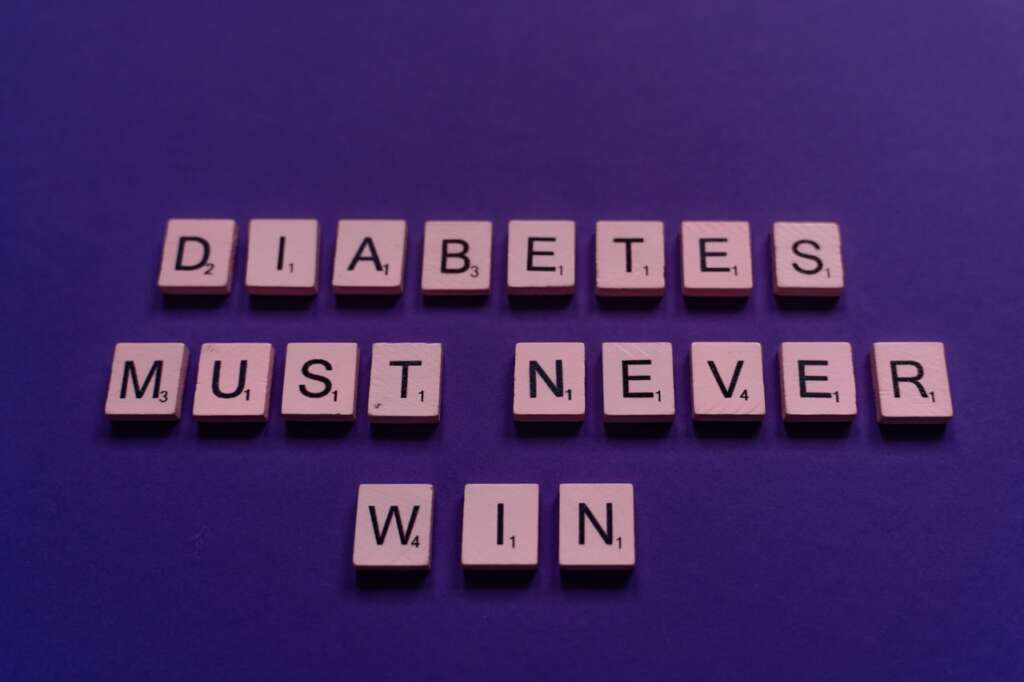Trends
Should We Hope For A Diabetes Free Future?
Diabetes has become an epidemic, with over 463 million people worldwide, sentencing them all to lifelong medication. Learn more about diabetes and its preventive measures
In 1922, doctors watched in excitement as the first insulin shots transformed a deathly ill diabetic 14-year- old into a healthy teenage boy. Little did they know that nearly a century later, insulin would still be the only medicine doctors have to offer most of the 3.7 million people worldwide with type 1 diabetes (also known as juvenile diabetes, even though it can develop in adulthood).
Most people with type 1 must constantly monitor their blood sugar and give themselves a fix of insulin two to four times a day to stay alive.
Diabetes has become an epidemic, with over 463 million people worldwide, more than 19 million people in the African region, and about 2.7 million Nigerians, sentencing them all to lifelong medication. Science is striving to find a diabetes treatment that can cure this chronic disease, but how close are we?
Despite its huge impact, there is still no cure for any type of diabetes. Most treatments help patients manage the symptoms to a certain extent, but diabetics still face multiple long-term health complications.
Before you proceed, you may want to see The Unspoken Dilemma: Social Media And Your Mental Health.
Everything You Need To Know About Diabetes

What is diabetes?
Diabetes is the major cause of blindness, kidney failure, heart attack, and stroke. The number of people affected by all types of diabetic disorders is now over four times higher than just 40 years ago. This has led the World Health Organization to consider diabetes an epidemic, predicting it will soon be the seventh biggest cause of death worldwide.
Diabetes mellitus, commonly known as diabetes, is a metabolic disease that causes high blood sugar. The hormone insulin moves sugar from the blood into your cells to be stored or used for energy. With diabetes, your body either doesn’t make enough insulin or can’t effectively use the insulin it does make.
Untreated high blood sugar from diabetes can damage your nerves, eyes, kidneys, and other organs.
Diabetes Types
There are a few different types of diabetes, it’s not confined to just the two most commonly known ones:
- Type 1 diabetes, sometimes known as juvenile diabetes due to the age patients are normally diagnosed is an autoimmune disease(a condition in which your immune system mistakenly attacks your body.). The immune system attacks and destroys cells in the pancreas, where insulin is made. It’s unclear what causes this attack. About 10 percent of people with diabetes have this type.
- Type 2 diabetes occurs when your body becomes resistant to insulin, and sugar builds up in your blood. It is the most common form of the disease, directly related to obesity and other lifestyle factors.
Type 2 diabetes is devastating; within five to ten years patients could lose their kidneys, eyes, or legs. They may suffer cardiovascular and other deadly diseases linked to diabetes. - Prediabetes occurs when your blood sugar is higher than normal, but it’s not high enough for a diagnosis of type 2 diabetes.
- Gestational diabetes is high blood sugar during pregnancy. Insulin-blocking hormones produced by the placenta cause this type of diabetes.
- A rare condition called diabetes insipidus is not related to diabetes mellitus, although it has a similar name. It’s a different condition in which your kidneys remove too much fluid from your body.
Symptoms Of Diabetes
Diabetes symptoms are caused by rising blood sugar. They can be so mild that they’re hard to spot at first.
General Symptoms of diabetes
-
Increased hunger
-
Increased thirst
-
Weight loss
-
Frequent urination
-
Blurry vision
-
Extreme fatigue
-
Sores that don’t heal
Symptoms of diabetes In Men
In addition to the general symptoms of diabetes, men with diabetes may have a decreased sex drive, erectile dysfunction (ED), and poor muscle strength.
Symptoms of diabetes In Women
Women with diabetes can also have symptoms such as urinary tract infections, yeast infections, and dry, itchy skin.
Type 1 Diabetes
- Extreme hunger
-
Increased thirst
-
Unintentional weight loss
-
Frequent urination
-
Blurry vision
-
Tiredness
Type 2 Diabetes
- Increased hunger
- Increased thirst
- Increased urination
- Blurry vision
- Tiredness
- Sores that are slow to heal
It may also cause recurring infections. This is because elevated glucose levels make it harder for the body to heal.
Gestational Diabetes

Most women with gestational diabetes don’t have any symptoms. The condition is often detected during a routine blood sugar test or oral glucose tolerance test that is usually performed between the 24th and 28th weeks of gestation.
In rare cases, a woman with gestational diabetes will also experience increased thirst or urination.
Causes Of Diabetes
Different causes are associated with each type of diabetes. Both genes and environmental factors play a role in triggering diabetes
Type 1 Diabetes
Doctors don’t know exactly what causes type 1 diabetes. For some reason, the immune system mistakenly attacks and destroys insulin-producing beta cells in the pancreas.
Genes may play a role in some people. It’s also possible that a virus sets off the immune system attack.
Type 2 Diabetes

Too many junks increase the risk of diabetes.
This stems from a combination of genetics and lifestyle factors. Being overweight or obese increases your risk too. Carrying extra weight, especially in your belly, makes your cells more resistant to the effects of insulin on your blood sugar.
This condition runs in families. Family members share genes that make them more likely to get type 2 diabetes and to be overweight.
Gestational Diabetes
Gestational diabetes is the result of hormonal changes during pregnancy. The placenta produces hormones that make a pregnant woman’s cells less sensitive to the effects of insulin. This can cause high blood sugar during pregnancy.
Women who are overweight when they get pregnant or who gain too much weight during their pregnancy are more likely to get gestational diabetes.
Diabetic Risk Factors
Certain factors increase your risk for diabetes. Your family, environment, and preexisting medical conditions can all affect your odds of developing diabetes.

Type 1 Diabetes
You’re more likely to get type 1 diabetes if you’re a child or teenager, you have a parent or sibling with the condition, or you carry certain genes that are linked to the disease.
Type 2 Diabetes
Your risk for type 2 diabetes increases if you:
- are overweight
- are age 45 or older
- have a parent or sibling with the condition
- aren’t physically active
- have had gestational diabetes
- have prediabetes
- have high blood pressure, high cholesterol, or high triglycerides(a type of fat in the blood)
- have African American, Hispanic or Latino American, Alaska Native, Pacific Islander, American Indian, or Asian American ancestry.
Gestational Diabetes
Your risk for gestational diabetes increases if you:
- are overweight
- are over age 25
- had gestational diabetes during a past pregnancy
- have given birth to a baby weighing more than 9 pounds
- have a family history of type 2 diabetes
- have polycystic ovary syndrome (PCOS) (a hormonal disorder common among women of reproductive age).
Diabetes Complications
High blood sugar damages organs and tissues throughout your body. The higher your blood sugar is and the longer you live with it, the greater your risk for complications. Diabetes can lead to serious medical complications, but you can manage the condition with medications and lifestyle changes.
Complications associated with diabetes include:
- heart disease, heart attack, and stroke
- neuropathy
- nephropathy
- retinopathy and vision loss
- hearing loss
- foot damage such as infections and sores that don’t heal
- skin conditions such as bacterial and fungal infections
- depression
- dementia.
Gestational Diabetes
Uncontrolled gestational diabetes can lead to problems that affect both the mother and baby. Complications affecting the baby can include:
- premature birth
- higher-than-normal weight at birth
- increased risk for type 2 diabetes later in life
- low blood sugar
- jaundice
- stillbirth.
Treatment Of Diabetes
Doctors treat diabetes with a few different medications. Some of these drugs are taken by mouth, while others are available as injections. The drug or combination of drugs that your doctor prescribes will depend on the type of diabetes you have — and its cause.
Type 1 Diabetes

Treatment for Diabetes Type 1 via insulin shot
Insulin is the main treatment for type 1 diabetes. It replaces the hormone your body isn’t able to produce.
There are four types of insulin that are most commonly used. They’re differentiated by how quickly they start to work, and how long their effects last:
- Rapid-acting insulin starts to work within 15 minutes and its effects last for 3 to 4 hours.
- Short-acting insulin starts to work within 30 minutes and lasts 6 to 8 hours.
- Intermediate-acting insulin starts to work within 1 to 2 hours and lasts 12 to 18 hours.
- Long-acting insulin starts to work a few hours after injection and lasts 24 hours or longer.
Type 2 Diabetes
Diet and exercise can help some people manage type 2 diabetes. If lifestyle changes aren’t enough to lower your blood sugar, you’ll need to take medication.
These drugs lower your blood sugar in a variety of ways: https://www.drugs.com/condition/diabetes-mellitus-type-ii.html
Gestational Diabetes
You’ll need to monitor your blood sugar level several times a day during pregnancy. If it’s high, dietary changes and exercise may or may not be enough to bring it down.
According to many pieces of research, about 10 to 20 percent of women with gestational diabetes will need insulin to lower their blood sugar. Insulin is safe for the growing baby.
Diabetes And Your Diet

Healthy meals reduce the risk of diabetes.
Healthy eating is a central part of managing diabetes. In some cases, changing your diet may be enough to control the disease.
Type 1 Diabetes
Your blood sugar level rises or falls based on the types of foods you eat. Starchy or sugary foods make blood sugar levels rise rapidly. Protein and fat cause more gradual increases.
Your medical team may recommend that you limit the amount of carbohydrates you eat each day. You’ll also need to balance your carb(Sugars, starches and fibre are carbohydrates) intake with your insulin doses.
Work with a dietitian who can help you design a diabetes meal plan. Getting the right balance of protein, fat, and carbs can help you control your blood sugar.
Type 2 Diabetes
Eating the right types of foods can both control your blood sugar and help you lose any excess weight.
Carb counting is an important part of eating for type 2 diabetes. A dietitian can help you figure out how many grams of carbohydrates to eat at each meal.
To keep your blood sugar levels steady, try to eat small meals throughout the day. Emphasize healthy foods such as fruits, vegetables, whole grains, lean protein such as poultry and fish, healthy fats such as olive oil and nuts.
Gestational Diabetes

Eating fruits helps reduce diabetes risk
Eating a well-balanced diet is important for both you and your baby during these nine months. Making the right food choices can also help you avoid diabetes medications.
Watch your portion sizes, and limit sugary or salty foods. Although you need some sugar to feed your growing baby, you should avoid eating too much.
Consider making an eating plan with the help of a dietitian or nutritionist. They’ll ensure that your diet has the right mix of macronutrients.
Prevention And Living With Diabetes

An active lifestyle can reduce the risk of type 2 diabetes.
People don’t drop dead because they develop diabetes. They can live for decades with the condition, but the quality of life is another matter.
Some types of diabetes — like type 1 — are caused by factors that are out of your control. Others — like type 2 — can be prevented with better food choices, increased activity, and weight loss.
Lifestyle changes can slow progression and reduce serious health issues, and, in some cases, even reverse the disease.
For many, strictly following a low-calorie diet immediately after a diagnosis can put type 2 in remission. But its success depends on individual commitment, so there needs to be support to help each person achieve this difficult goal, and then maintain the lifestyle to prevent the disease from returning.

